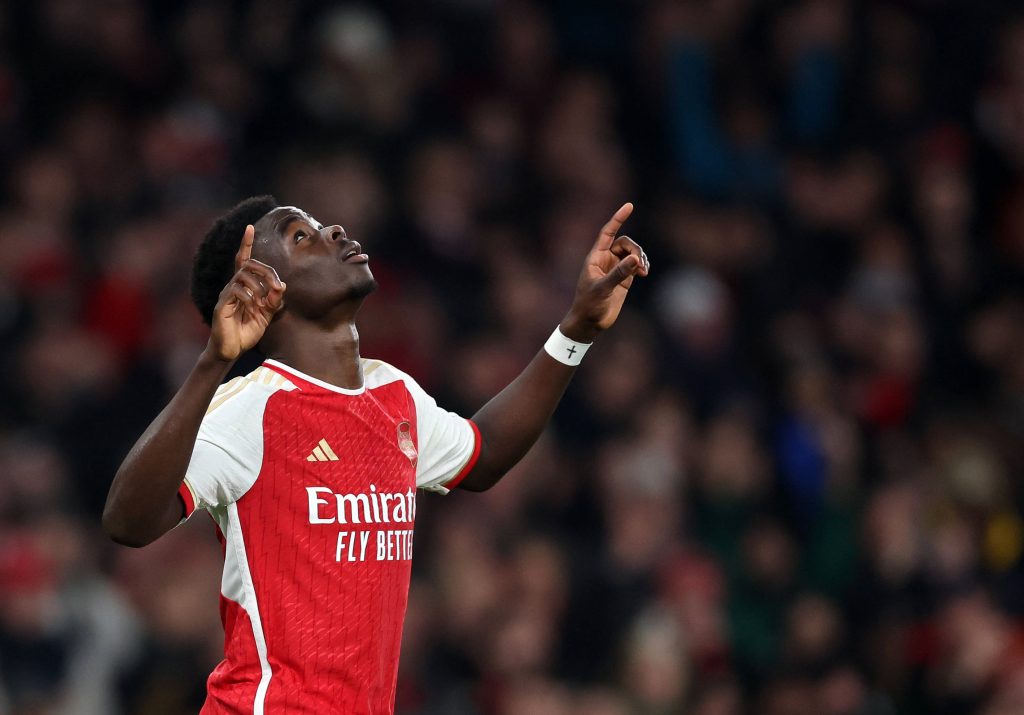James Nalton looks at some of the quirkier footballers within TransferLab’s database…
Whether we like it or not, we use data all the time. In a pandemic age, graphs and charts have become an everyday occurrence. We check out local infection numbers. We are informed about R-numbers. Governmental press conferences offer us logarithmic scales.
The world of football is no different. Whether it be on a professional scouting platform, a fantasy football site, a video game such as FIFA or Football Manager, or the back page of the newspaper, data is everywhere.
Often when we are faced with data, our eyes are often drawn to the extremes. Who is the best finisher? Who are the tallest defenders who might be the best in the air? Who creates the most chances? Who creates the best chances? Which striker is far outperforming their xG?
If that data is represented visually, we find ourselves marvelling at those players who appear on the periphery, so far into one corner of the viz it’s almost laughable.
A few players spring to mind immediately. Adama Traore and his take-on stats. Adam Armstrong’s shooting and xG for Blackburn in the first half of the current season.
??
????????? ?????? ?? ???????? ?? ??? #?????????????????? ??/??– Armstrong very busy for #Rovers
– #BrentfordFC's Forss looks a hot prospect
– Grabban top 5 on shots/xG per 90 #NFFC
– Any surprises for you?
Thread ? pic.twitter.com/5ZnwzJ0IXd
— Liam Henshaw (@HenshawAnalysis) December 5, 2020
And then there is Lionel Messi throughout his career by almost any metric…
From dribblers such as Douglas Costa to final-third pressers like Wout Weghorst, there are players who regularly stand out in specific areas of the game. But as specialists, they are not always the most widely recognised players at the top level.
These are the more obvious examples to anyone who’s spent even a small amount of time looking at the data across Europe’s top five leagues per the UEFA rankings. Delving even further into the extremes using TransferLab, we are able to really dig down and find some players with extraordinary data who may or may not be doing extraordinary things on the pitch.
Here are some of the standouts:
Neal Maupay
Brighton are a side who have certainly done their bit to increase discussion of expected goals (xG) in the mainstream media this season.
Their impressive chance creation but an inability to finish has naturally seen the spotlight fall on their striker, Neal Maupay, and his numbers tell the story.

As you can see, Maupay is in the 99th percentile for shots in open play amongst all forwards playing in the top five European League. When it comes to finishing, though, he only manages to scrape into the 26th percentile.

This season, Brighton are running about 10 goals below their expected goals numbers. Neal Maupay is contributing to this total with about 3 goals-worth of xG underperformance. So this is a Brighton problem as well as a Maupay problem.
Alright all jokes aside, here are a couple vizzes on Maupay’s not great finishing: pic.twitter.com/TX9otOYmy3
— Omar (@topimpacat) February 27, 2021
Watching through his shots this season, one thing stands out: when Maupay shoots in dangerous positions, his shots are blocked a lot of the time.
In this clip from the game against Everton, you can see how Maupay works his way into a good shooting position but gives Yerry Mina time to get a block in.
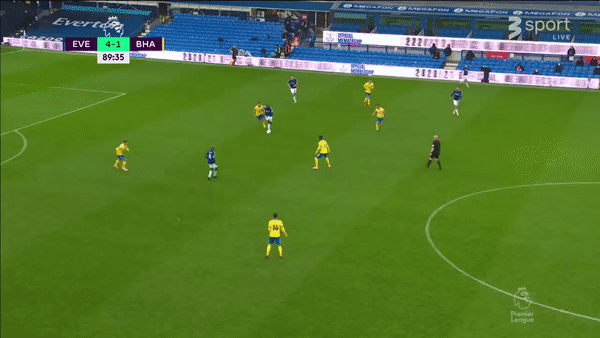
There are a whole litany of examples of this from the last 12 months. Maupay is the recipient of good chances, but he can’t take these chances with the sort of efficiency that the Premier League requires.
Micky van de Ven
A glance at the stats produced by Volendam defender Micky van de Ven might lead you to believe he’s a tricky winger — a supreme dribbler who causes endless problems for opposition fullbacks.
He’s actually a 6ft 4in centre back.
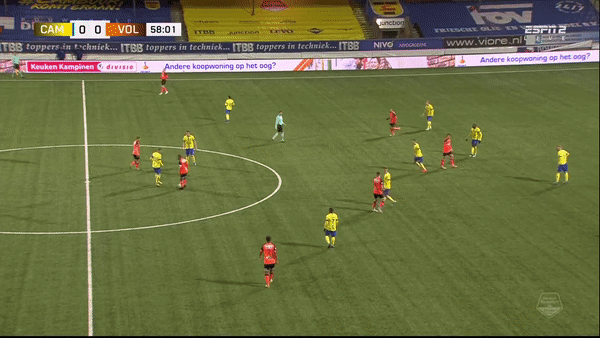
Compared to centre backs across the TransferLab database, van de Ven is clearly an outlier.

Not only are his dribbles good enough to put him in the 100th percentile per quantity, they’re good enough to put him in the 88th percentile amongst full backs too…

When you watch some of his videos, it isn’t hard to see why this is the case…
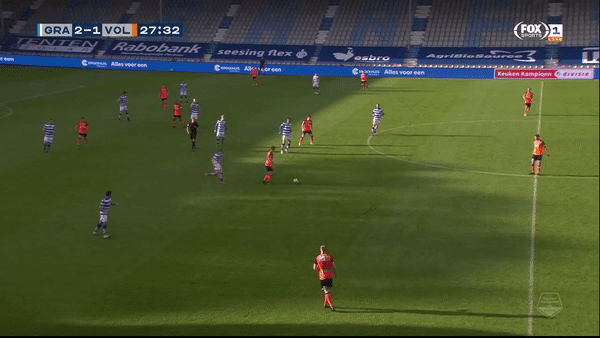
Will his future lie in a position that can use these attributes with fewer risks? Or will he remain one of the more unique centre-backs in world football? For the sake of variety, let’s hope it’s the latter!
Stephy Mavididi
One of the criticisms regularly aimed at Adama Traore and other supreme dribblers is a lack of end product. The expectation is that they assist or create after they’ve left defenders in their wake, and if they don’t do so, it almost renders their take-on prowess useless.
The data produced by Montpellier forward Stephy Mavididi could be seen as another example of this, but although there is no creativity, there is still end product.
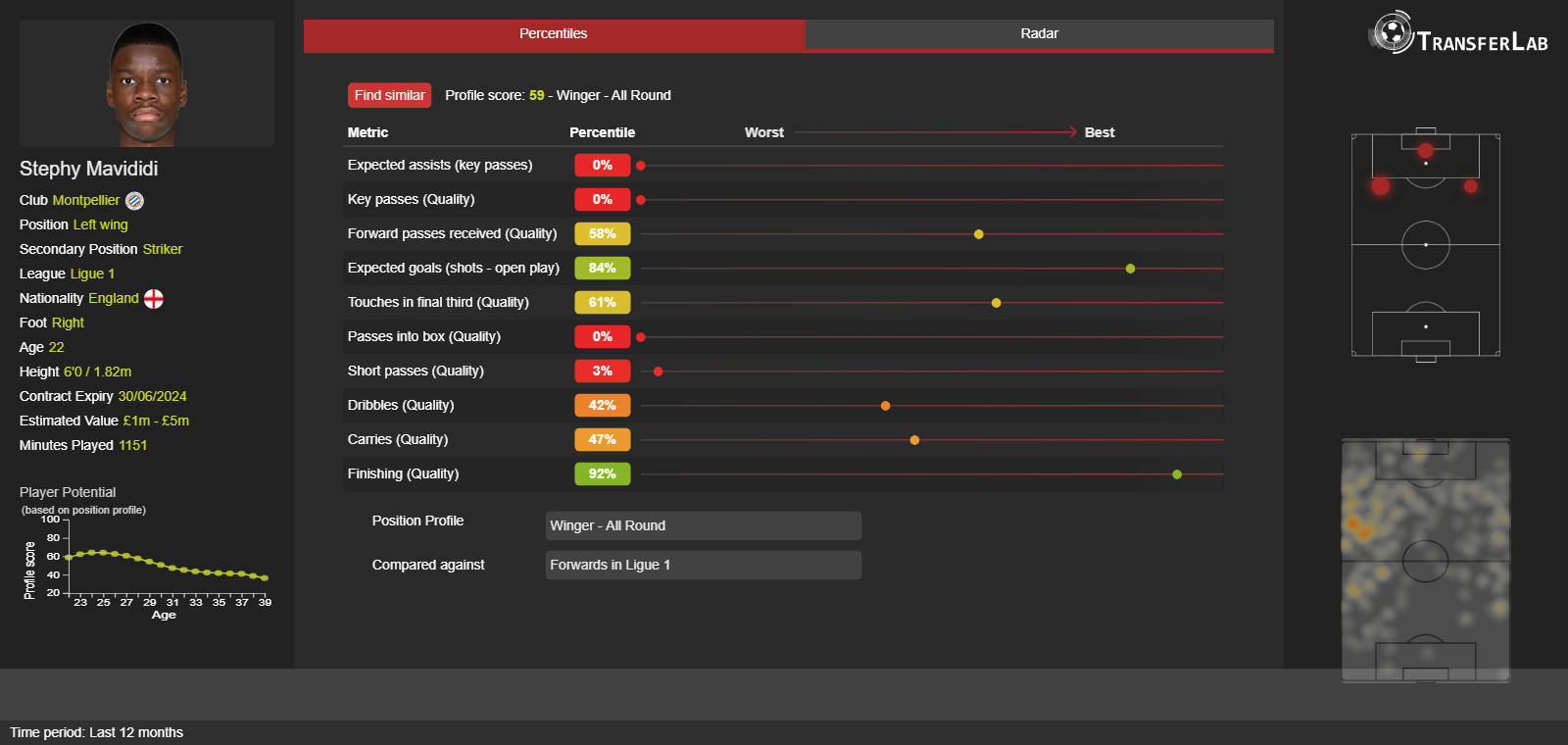
As you can see, Mavididi is in the 0 percentile for expected assists and key passes, but his dribbling doesn’t go to waste, as shown by his finishing quality which is up in the 92nd percentile.
The inside forward role has become one of the most dangerous attacking positions in modern football and Mavididi’s heatmap shows he does a lot of his work from this area on the left wing.
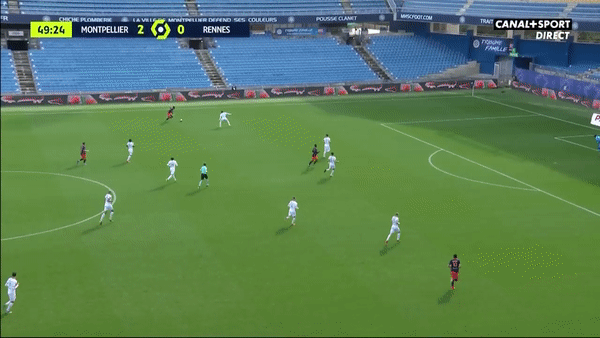
Expected assists, key passes, and other creative metrics are among the lowest around for players in his position but his finishing quality is in the 80th percentile when compared to players in Europe’s top leagues.

It’s an indication that the end product for inside forwards of Mavididi’s ilk comes from goals rather than assists. They are finishers from wide positions. Their dribbling skill serves to create chances for themselves rather than others.
Simon Gustafson
While some players are very good at creating goal-scoring opportunities for themselves, others are more selfless, laying on high-quality chances for teammates.
This area of the game has traditionally been judged by the number of assists a player racks up, but in the case of FC Utrecht midfielder Simon Gustafson, this often isn’t an accurate measure of creativity.

Gustafson is among the highest-rated midfielders around in terms of expected assists, key passes and line-breaking passes, even when judged by the standards of Europe’s top leagues. But he is yet to register an assist this season.
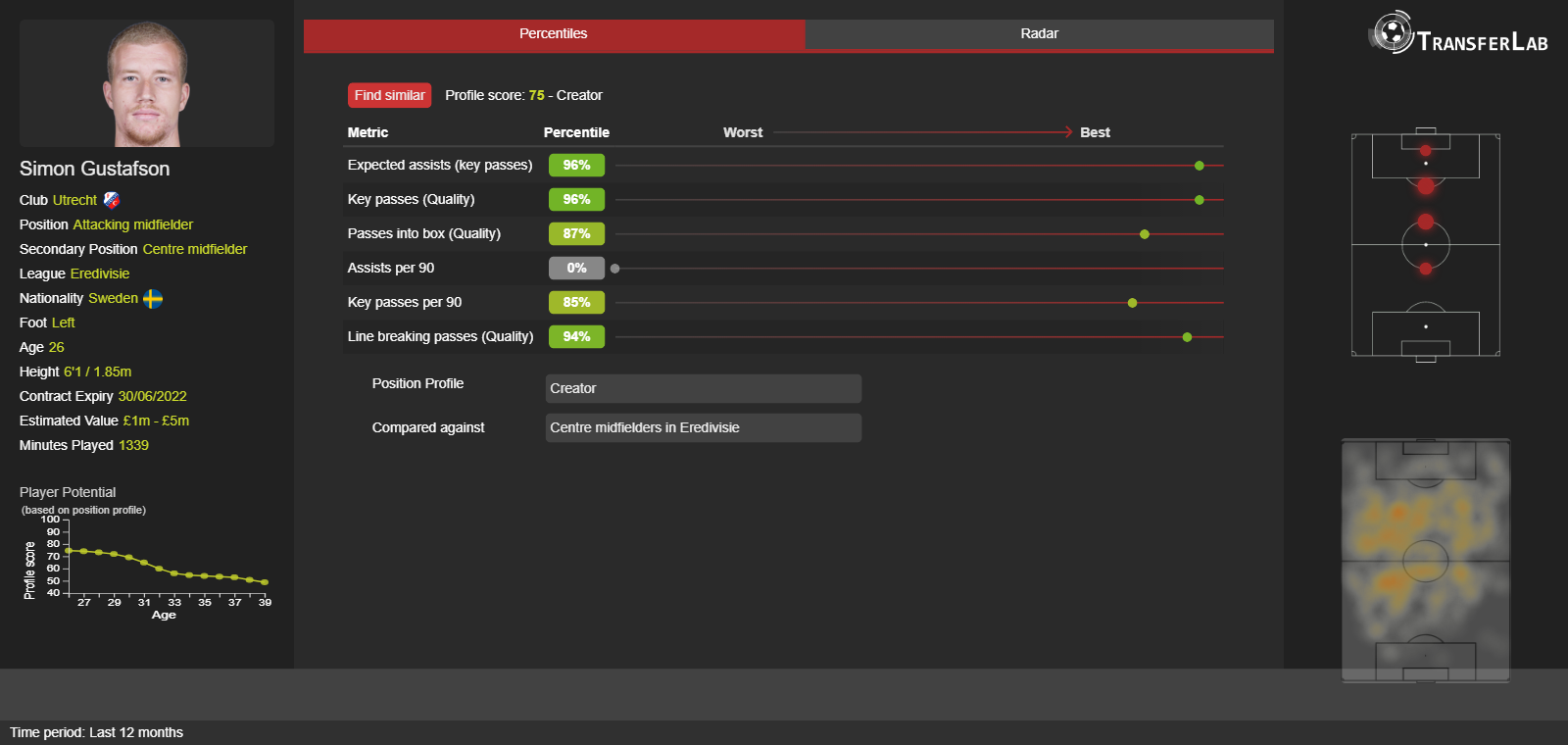
Not all the chances Gustafson creates arise from perfectly weighted passes, but as this next clip shows, there can be a number of reasons why a good through-ball may not result in an assist.

Milan Djuric
When it comes to strikers, you expect the majority of their chances to come from their feet. For Salernitana’s Milan Djuric, though, this is very much not the case.
In 1,800 minutes this season, he has managed 14 shots using his feet compared to an impressive 21 headed shots.

Given that xG values are generally higher for shots from the ground, Djuric puts up a similar value of xG per 90 minutes on his head (0.08) as he does with his feet (0.06). However, this is enough to see him well above average for headed chance value per 90 and well below ground-shot chance per 90.
In reality, this translates into Djuric missing chances like this:

And scoring chances like this:
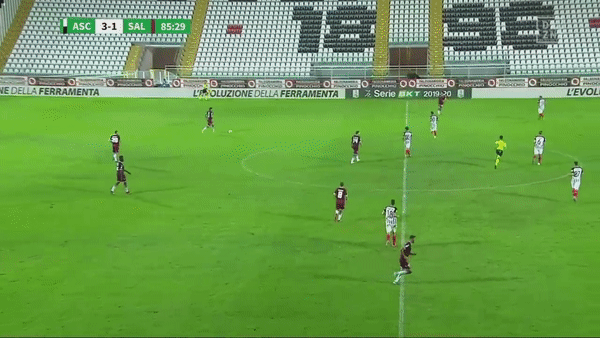
As each of these outliers shows, the quirks that we see on a football pitch do make their way into the spreadsheets. Most of the time they go unnoticed as fans allow them to slip from their memories or video scouts look for more well-rounded output. But they are there in the numbers, waiting for unsuspecting people to find them.
Analytics FC provides software and data services to entities within football looking to realise the gains possible from analytical thinking. We provide cutting-edge software solutions such as TransferLab, which helps improve and simplify recruitment decisions. To find out more about TransferLab and our other data services, or to find out more about us, visit our website.
Header image credit Fabrizio Andrea Bertani / Shutterstock.com










